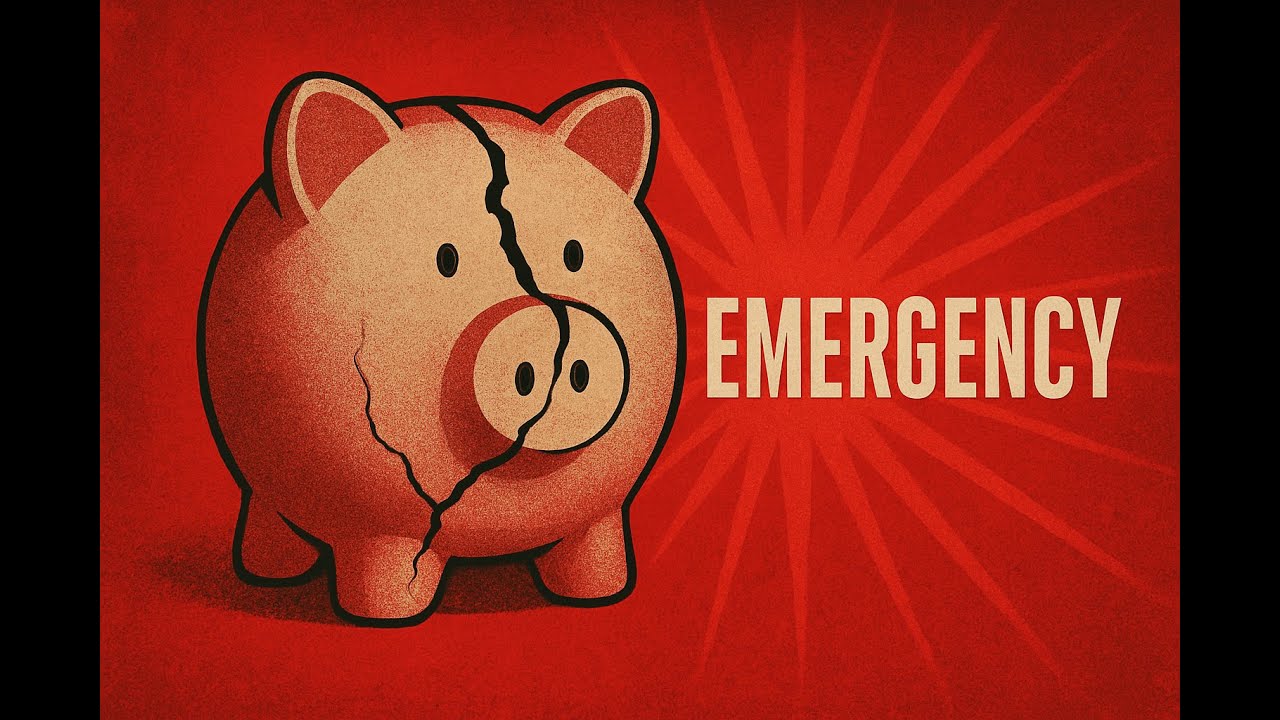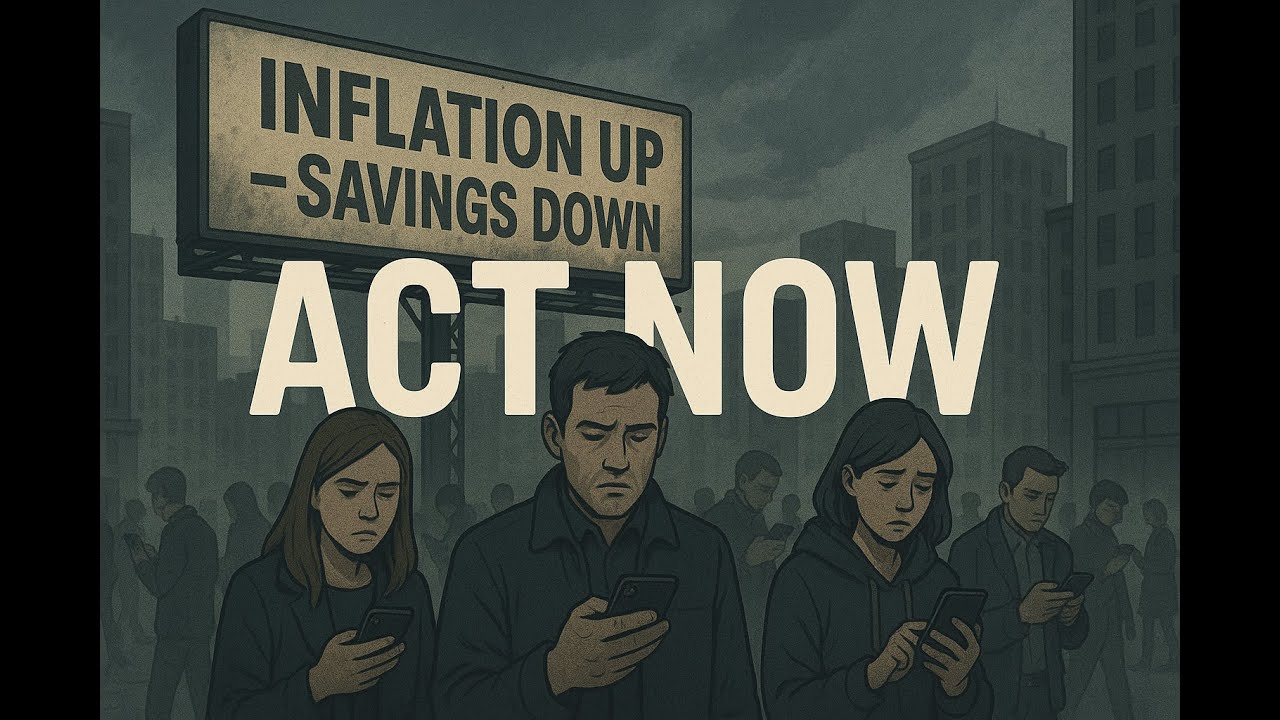How Consistent Saving and Simple [investing](/posts/the-power-of-compound-interest) Enabled Early Retirement with $600,000
Discover how Lisa retired comfortably in her 40s with $600,000 by consistently saving, [investing](/posts/the-power-of-compound-interest) in low-cost ETFs, and living frugally without high income or complex strategies.
💡 Learn more: Check out our guide on The 60/30/10 Rule Nobody Taught You for deeper insights.
How Consistent Saving and Simple investing Enabled Early Retirement with $600,000
Early retirement often seems like a dream reserved for high earners with complex financial strategies. However, it is entirely possible to retire comfortably in your 40s with a modest savings portfolio and straightforward habits. This article explores the story of Lisa, a 42-year-old who retired early with $600,000 without a fancy strategy, multi-six figure income, or multiple side hustles. Her journey highlights the power of steady saving, smart investing, and a lifestyle focused on freedom rather than luxury.
Table of Contents
-
[💰 The Power of Consistent investing Over Time](#💰-the-power-of-consistent-investing-over-time)
-
[🔑 Key Takeaways for Early Retirement with Modest savings](#🔑-key-takeaways-for-early-retirement-with-modest-savings)
💰 The Power of Consistent investing Over Time
Lisa’s path to financial freedom began in her early twenties when she landed her first full-time job earning between $40,000 and $60,000 annually. Despite modest income levels, she immediately started investing, contributing roughly $1,000 every month for about two decades. Rather than chasing high-risk stocks or trying to time the market, Lisa chose to invest primarily in a low-cost S&P 500 ETF through a brokerage account.
This approach gave her diversification, low management fees, and historical average returns of around 10% annually before inflation. The brokerage account provided flexibility she valued, as it had no withdrawal restrictions like retirement accounts such as 401(k)s or Roth IRAs. This meant she could access her funds whenever she needed, which suited her peace-of-mind priorities.
Thanks to disciplined monthly contributions and the compounding effect, her portfolio steadily grew to $600,000. Even after she stopped adding new money, her investments continued to grow by approximately 10% per year, generating about $60,000 annually in returns—enough to sustain her lifestyle with careful withdrawals.
🏠 Keeping Living Expenses Low Through Practical Choices
A crucial factor in Lisa’s early retirement success was her commitment to maintaining affordable living costs. Instead of buying a home, she rented modest two-bedroom apartments with roommates, reducing rent and utility expenses significantly. Currently, she pays about $850 a month for her share of rent and utilities, which is below the national median and aligns with her local market.
This housing strategy eliminated property taxes, unexpected repair bills, and large down payments, allowing Lisa to free up more money for investing. She also resisted lifestyle inflation by avoiding upgrades to fancier apartments or new vehicles as her income grew.
🚗 Frugal Transportation Habits That Save Thousands
Lisa consistently chose older, used cars priced under $10,000, maintaining them well to avoid costly repairs. Often, she keeps vehicles for up to 20 years, minimizing depreciation and insurance expenses by carrying only liability coverage near the end of a car’s life. This approach keeps her transportation costs low, contributing to her overall financial sustainability.
🍳 A Balanced Lifestyle That Prioritizes Freedom
Rather than obsessing over penny-pinching, Lisa balances saving with enjoying life. Her savings rate fluctuated between 20% and 25%, allowing her to spend on things she values such as camping, slow international travel, and creative hobbies. She keeps travel affordable by staying in hostels or house-sitting abroad, cooking most meals, and using public transportation.
Her budget during retirement generally looks like this:
-
Rent and utilities (roommate share): $10,000 per year
-
Groceries and household goods: $3,600 per year
-
Health insurance: $3,000 per year
-
Car depreciation, insurance, and maintenance: $2,400 per year
-
Phone and entertainment: $1,200 per year
-
Fun, travel, and hobbies: $4,000 to $8,000 per year
Lisa typically withdraws about 4% of her portfolio annually—around $20,000—following the classic withdrawal rule, which is enough given her frugal habits. Some years, she increases this to 5% for extra travel or gear, a withdrawal rate still considered sustainable by updated financial guidelines.
🎨 Creative Fulfillment and Flexible Income Streams
Beyond investing, Lisa stays engaged with creative hobbies such as painting and digital illustration. She occasionally sells prints online, not as a business but as a way to share her passion and earn small amounts of supplemental income. Additionally, she keeps the option open to do part-time virtual assistant work, managing emails or calendars for small clients she trusts.
This flexible work is not a financial necessity but a choice that reduces pressure on her investments and provides a buffer during uncertain times. She can work a few hours a week or ramp up to 20-30 hours if needed, maintaining financial security without sacrificing her freedom.
📉 Tax Efficiency and Social Security Planning
Lisa’s withdrawals from her brokerage account generally fall within the 0% long-term capital gains tax bracket, meaning she pays little to no taxes on her investment income. Should tax laws change or her income increase, she is prepared to adjust her withdrawal amounts accordingly.
Although she left the workforce early and expects modest Social Security benefits, Lisa plans to claim them once eligible. These benefits will serve as a supplementary income, allowing her to potentially increase spending or reduce portfolio withdrawals later in retirement.
🔑 Key Takeaways for Early Retirement with Modest savings
-
Consistent, disciplined investing—even with modest monthly contributions—can build significant wealth over time.
-
Choosing low-cost, diversified investments like an S&P 500 ETF simplifies wealth building and reduces fees.
-
Keeping living expenses low, such as renting with roommates and driving used cars, frees up funds for investing.
-
Resisting lifestyle inflation and focusing spending on meaningful experiences enhances quality of life.
-
Maintaining flexible income options, like part-time remote work, provides financial security and reduces portfolio withdrawal pressure.
-
Tax-efficient withdrawal strategies and realistic Social Security expectations help sustain long-term financial freedom.
❓ Frequently Asked Questions
How much money do you really need to retire early?
While it varies based on lifestyle, many achieve early retirement with portfolios under $1 million by maintaining low expenses and using a sustainable withdrawal rate, often around 4% annually.
Is it necessary to have a high income to retire early?
No. Early retirement is achievable on modest incomes by prioritizing saving, investing consistently, and keeping spending in check.
Why choose a brokerage account over retirement accounts for early retirement?
Brokerage accounts have no withdrawal restrictions or penalties, offering greater flexibility to access funds before traditional retirement age.
How can lifestyle choices impact retirement savings?
Living simply, avoiding lifestyle inflation, and minimizing major expenses like housing and transportation significantly increase the amount available for investing.
What role do side hustles play in early retirement?
Side hustles can provide supplemental income and reduce reliance on investment withdrawals, but they are not mandatory for early retirement if expenses are controlled.
🔚 Final Thoughts
Lisa’s story exemplifies how early retirement is attainable without extraordinary income, complex financial maneuvers, or extreme frugality. Through steady saving, smart investing in low-cost index funds, and a lifestyle aligned with her values, she achieved financial freedom in her 40s with $600,000. Her approach underscores that early retirement is not about how much money you make but how wisely you manage and grow what you have. By focusing on flexibility, balance, and intentional living, anyone can create a sustainable path to enjoying life on their own terms.
🚀 Ready to Build Real Wealth?
You've learned the strategy – now it's time for action!
🎬 Get Weekly Financial Education
Join thousands learning smart money strategies that actually work.
📺 Subscribe to @StartWithCents
💎 Download Your Free Wealth-Building Tools
Get the exclusive "First Dollar Game Plan" – your step-by-step guide to financial freedom.
📚 Continue Your Financial Journey
Explore more money-smart articles and strategies.
📖 Read More Posts • 🏠 Homepage
💡 Remember: Knowledge without action is just entertainment. Take one step today!

